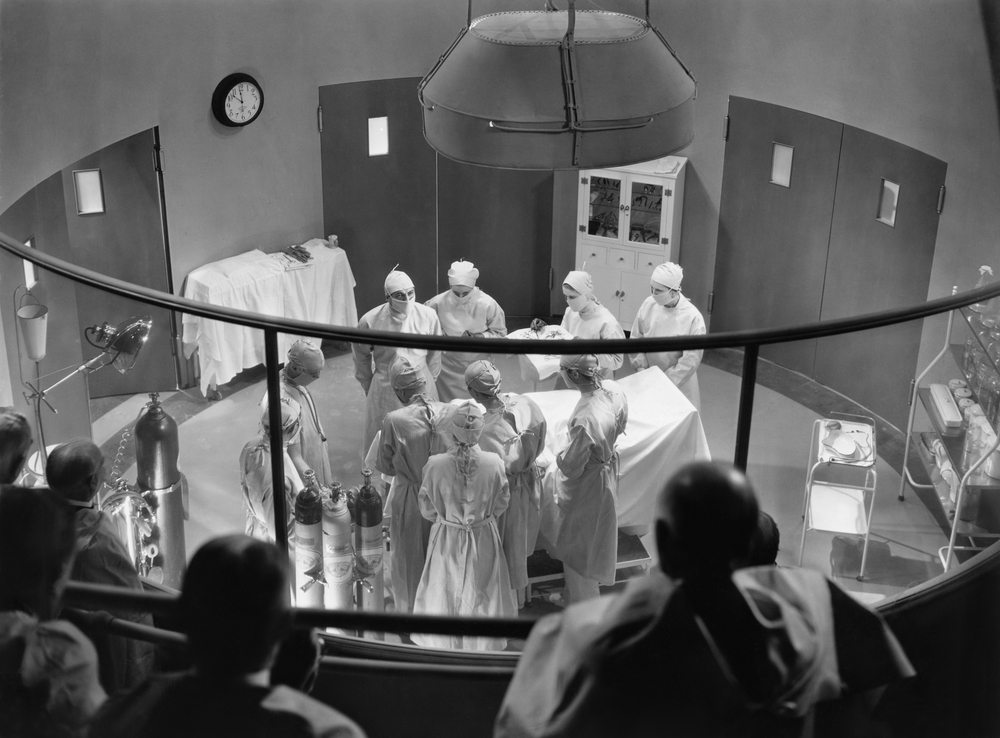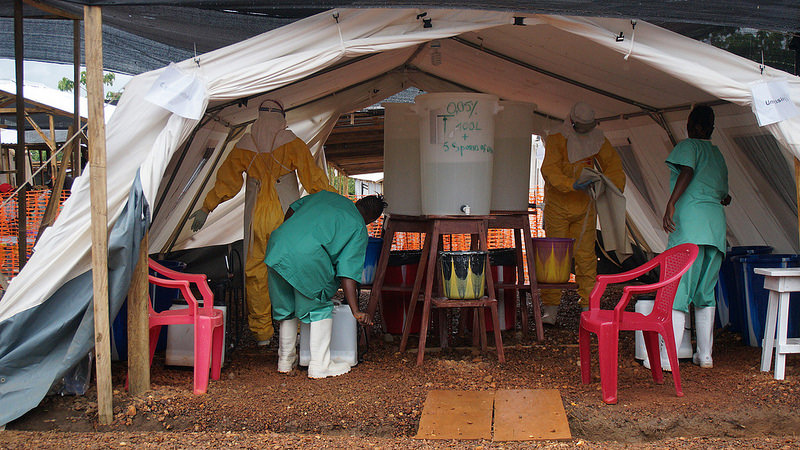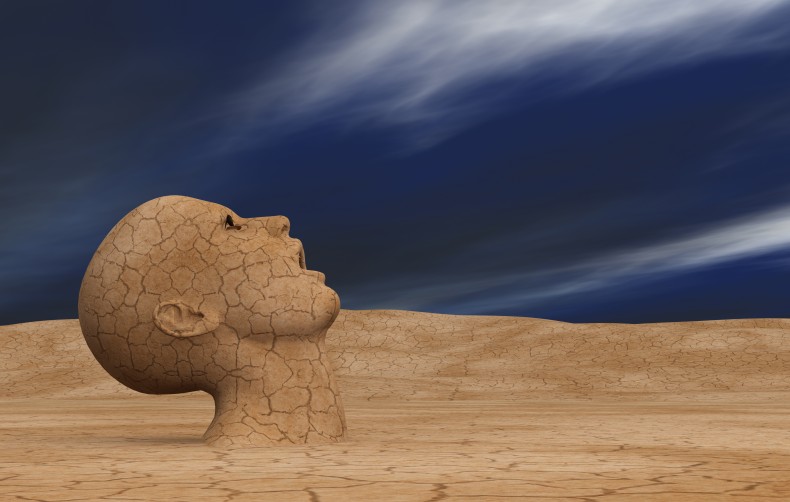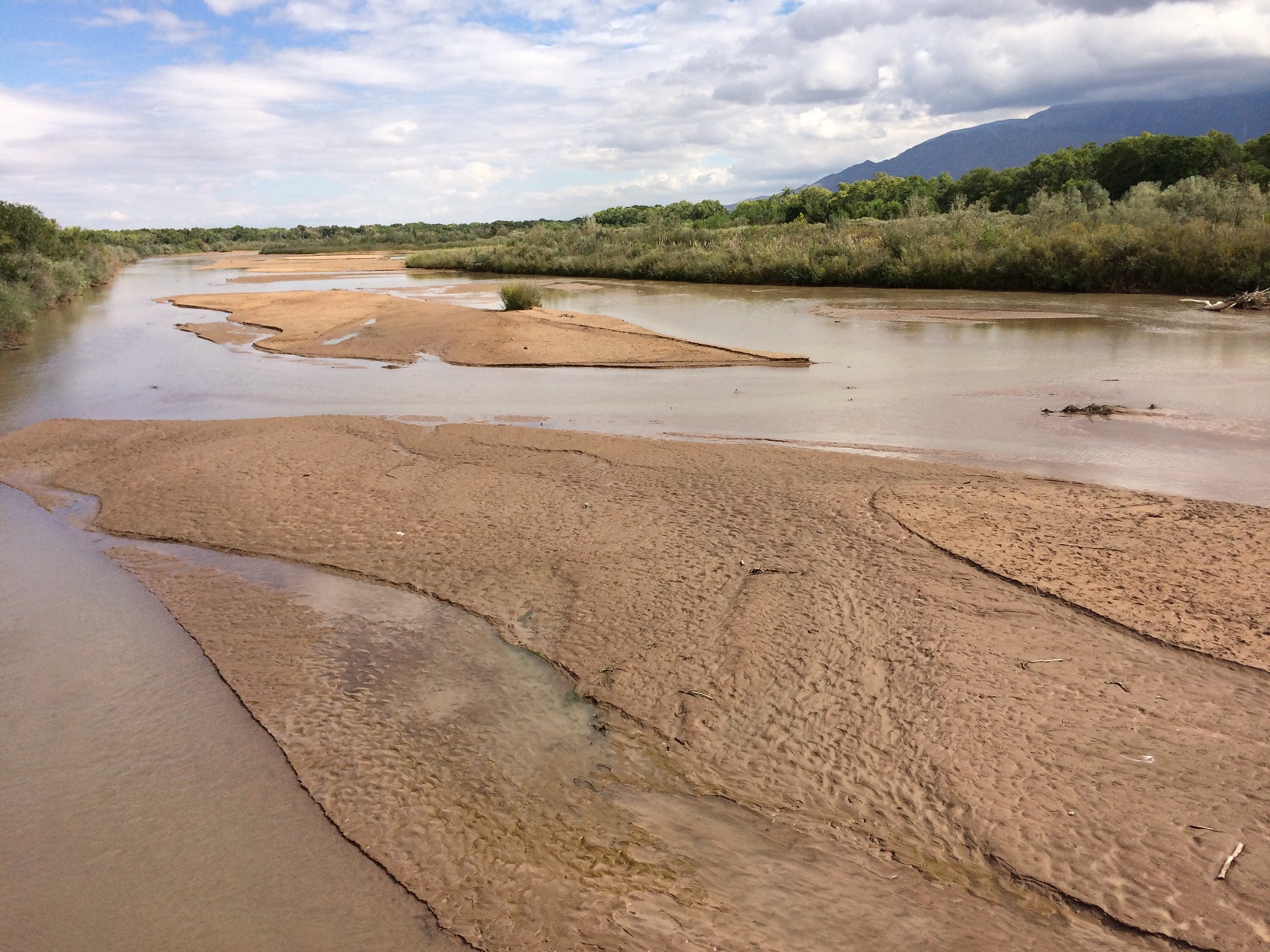This week LWON presents “Off Our Meds,” an examination of some scary issues in medicine. We won’t resort to fear mongering, because we don’t have to. Medicine is scary enough as it is.
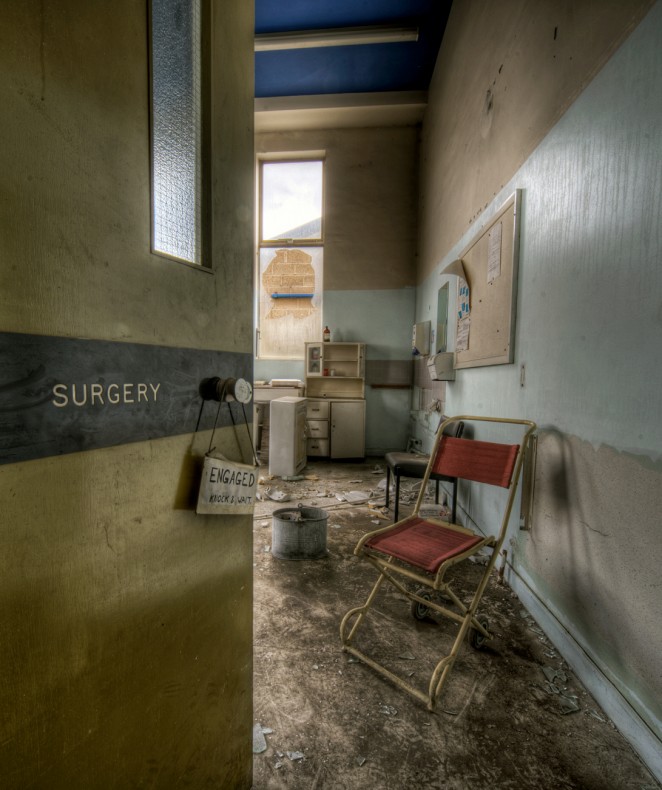 The woman came to Scott Haig, an orthopedic surgeon, because she had a lump on her collarbone. Usually these lumps are caused by arthritis or an infection, but this one felt odd. It was rubbery, and didn’t seem tender. Haig wanted to do a biopsy, a surgery that usually requires general anesthesia. But the woman didn’t want to be knocked out. So they struck a bargain: Haig would do the surgery with the woman awake, if she agreed to have an anesthesiologist present in case she needed to be sedated.
The woman came to Scott Haig, an orthopedic surgeon, because she had a lump on her collarbone. Usually these lumps are caused by arthritis or an infection, but this one felt odd. It was rubbery, and didn’t seem tender. Haig wanted to do a biopsy, a surgery that usually requires general anesthesia. But the woman didn’t want to be knocked out. So they struck a bargain: Haig would do the surgery with the woman awake, if she agreed to have an anesthesiologist present in case she needed to be sedated.
The surgery went off without a hitch. Haig took a section from the woman’s lump and sent it to the pathology lab. But before he could close up the incision, he needed to know that the pathologist had what he needed to make a diagnosis. So together they waited. As the minutes ticked by, he tried to make small talk. Finally the intercom crackled to life.
The pathologist began to speak, and so did Haig. He tried to tell Jose to call the phone. But the intercom only allowed one person to talk at a time, and Jose was already delivering bad news. “Jose, shut up,” he thought, or maybe even said. Haig can’t remember the exact words Jose used to describe the woman’s cancer – malignancy or tumor or neoplasm – but the diagnosis was clear to everyone in the room, including the woman on the operating table. Naturally, she panicked. Continue reading
